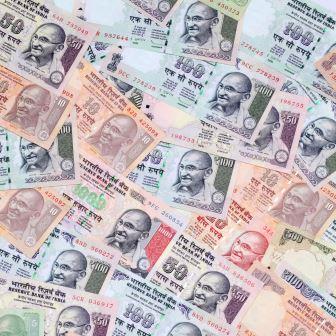One of the major announcements of the latest MPC meeting was Government Securities Acquisition Program 1.0 (G-SAP). Before explaining G-SAP, one needs to understand the relationship between bond prices and bond yields. For instance, if Government issues a bond at INR 1000 with a 10 percent coupon rate, and, if you buy the bond, Government will be paying you INR 100 a year for 10 years, and then pays you back INR 1000 on the maturity date. Here, the bond yield is 10 percent i.e. (100/1000, coupon amount/ bond price). However, the bond prices change daily due to the influence of various factors, which in turn impacts the bond yield also.
If the demand for Government bonds increases, bond prices will also climb up. In the above example, if bond price increases to INR 1100 and INR 100 being the coupon amount, bond yield would come down to 9.09 percent (100/1100). On the other hand, if bond price comes down to INR 900, bond yield increases to 11.11 percent. Thus, there exists an inverse relationship between bond prices and bond yields.
In the present scenario, under the G-sap, RBI has committed itself to the purchase of INR 1 lakh crore worth of government bonds during Q1FY22. G-SAP is in a way similar to the Open Market Operation (OMO) of the RBI. OMOs refer to the buying and selling of government securities by RBI to regulate liquidity in the market. Under G-SAP, as the RBI purchases government bonds, its demand increases, pushing up the bond prices. As explained above, with bond price increasing, bond yields would come down.
With the bond yield coming down, Government would benefit as it would be able to borrow money at a cheaper rate from the market. The market borrowing of the Central government for FY22 is marked at INR 12.05 lakh crores. Similarly, corporate sector would also benefit as the yield on government bonds is often used as the benchmark.
A rising bond yield would harm an economy slowly recovering from the pandemic-induced crisis. G-SAP shows RBI’s commitment to keeping the bond yields in check.









